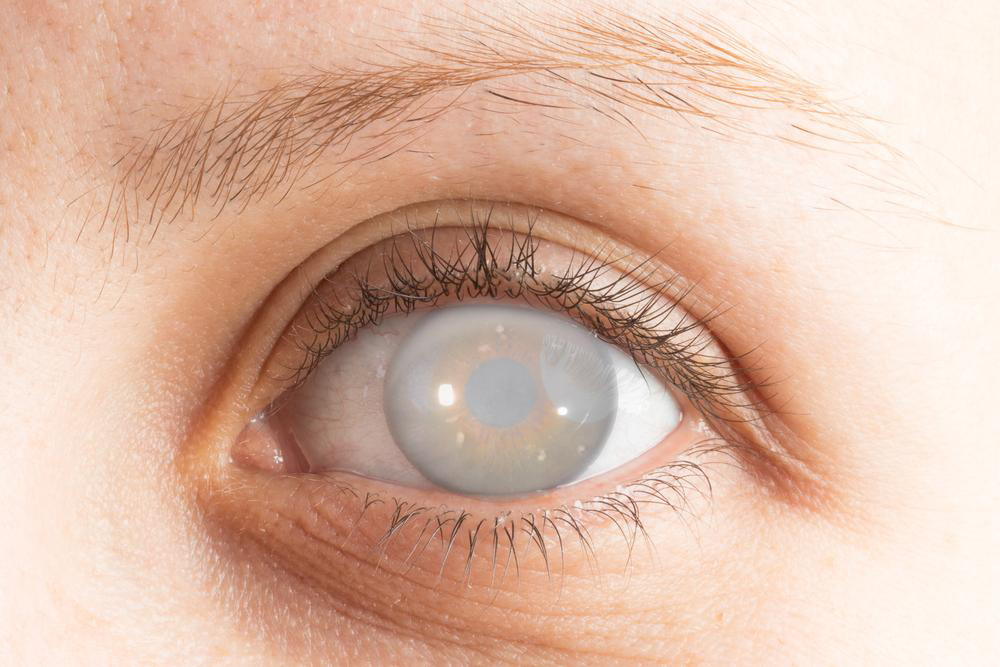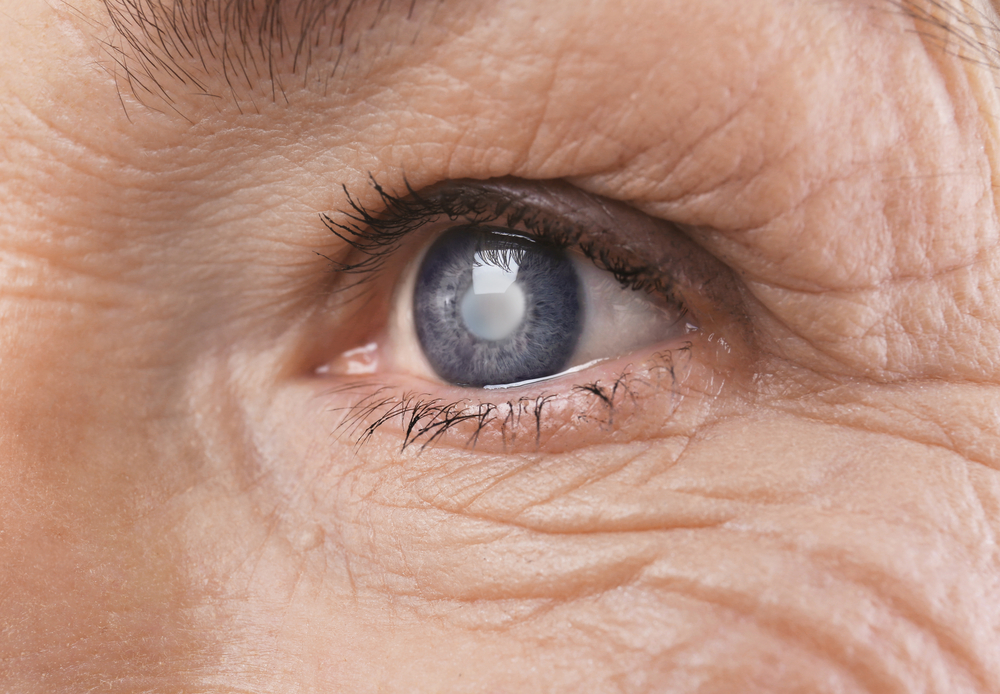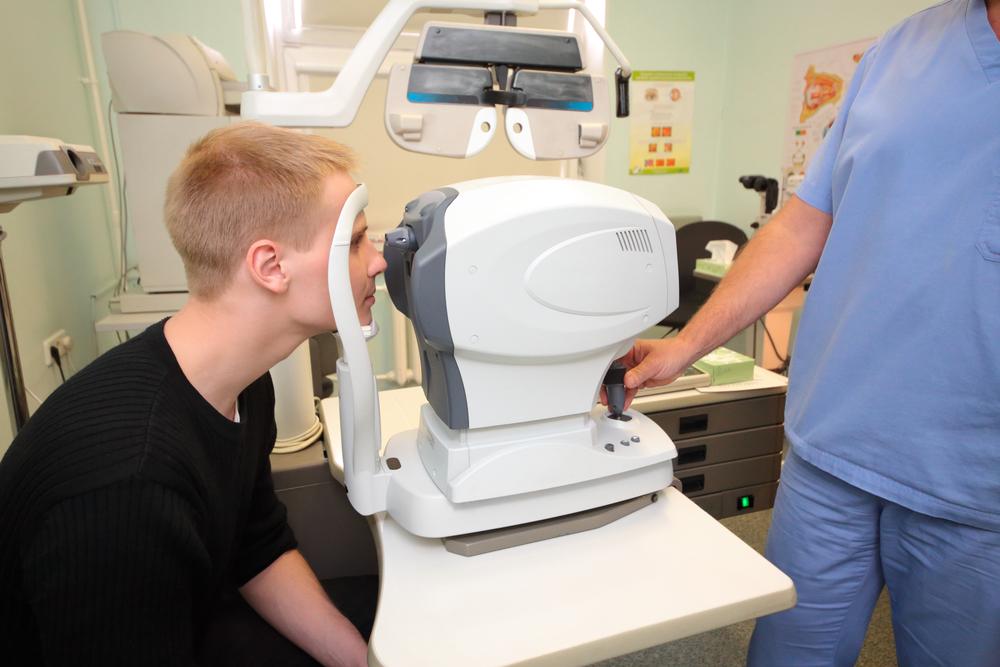Complete Guide to Cataract Causes, Prevention, and Effective Treatment Strategies
This comprehensive guide explores the causes, risk factors, and advanced treatment options for cataracts, emphasizing early detection and preventive measures. It provides valuable insights into surgical innovations like laser procedures, lifestyle modifications, and protective strategies to maintain optimal eye health and prevent vision loss from cataracts.

Complete Guide to Cataract Causes, Prevention, and Effective Treatment Strategies
Experiencing blurry vision or noticing a cloudy or foggy appearance in your sight can be a sign of cataracts, especially prevalent among older adults. This common ocular condition is characterized by protein accumulation within the eye's lens, leading to impaired vision that worsens over time if left untreated. Globally, over 22 million individuals are affected by cataracts, and recent trends indicate a rising incidence among children and young adults, primarily due to increased screen time and exposure to digital devices. Recognizing the early signs and understanding the causes, preventive measures, and treatment options are crucial for maintaining good eye health and preventing irreversible vision loss.
Imagine looking through a dusty or fogged-up window—that's how cataracts distort the clarity of sight. The condition arises from various factors, including aging, genetic predisposition, eye injuries, or secondary health issues. Once the lens becomes cloudy enough, it significantly hampers daily activities, making everything appear blurry or hazy. Fortunately, advancements in ophthalmology have revolutionized cataract management, making procedures less invasive and more effective than ever. Treatment options range from corrective eyewear at early stages to sophisticated surgical techniques for advanced cases.
Cataracts develop when the eye's natural lens becomes clouded, resulting in a blurred or foggy visual experience. They are generally classified into four main types: age-related, congenital, secondary, and traumatic cataracts. Each type requires a tailored management approach, often combining lifestyle adjustments, medical interventions, and surgical procedures. Early detection and appropriate treatment can significantly improve quality of life and prevent severe vision impairment.
Non-Surgical Management: Eyewear and Medical Therapy
In the initial stages, simple measures such as prescription glasses or contact lenses may enhance vision clarity. These corrective devices can compensate for the refractive errors caused by the cloudy lens. Additionally, some eye drops and medical treatments are under research; however, their effectiveness in reversing cataract formation is limited. Regular eye examinations are essential to monitor disease progression and to determine the optimal timing for surgery.
Advances in Cataract Surgery: Minimally Invasive and Laser Techniques
Modern cataract surgery has become highly advanced, with techniques that are swift, minimally invasive, and highly effective. Laser-assisted cataract surgery allows for precise removal of the cloudy lens and its replacement with a clear, artificial intraocular lens (IOL). Most surgeries are performed on an outpatient basis, with many patients experiencing immediate improvements in vision. The recovery process is generally quick, with minimal discomfort and a low risk of complications. Patients should discuss the most suitable surgical options with their ophthalmologist based on their specific needs.
Preventing Cataracts: Lifestyle and Protective Measures
While age-related changes cannot always be avoided, there are practical steps to reduce the risk of developing cataracts. Maintaining a healthy lifestyle plays a pivotal role, including a balanced diet rich in antioxidants, vitamins C and E, and leafy greens. Regular eye exams facilitate early detection and prompt intervention. Protecting your eyes from harmful UV rays by wearing sunglasses that block 100% UV radiation, especially during prolonged outdoor activities, is vital. Limiting exposure to artificial blue light from screens and taking regular breaks also minimizes eye strain and potential damage.
Additionally, lifestyle habits such as avoiding smoking and excessive alcohol consumption support overall eye health. Managing health conditions like diabetes and hypertension diligently can significantly reduce cataract risk since these conditions contribute to lens clouding. Maintaining a healthy weight and controlling blood sugar levels are proactive strategies for eye health preservation.
Understanding genetic factors is equally essential. A family history of cataracts warrants more frequent eye checkups and cautious lifestyle choices to delay or prevent early development. Combining proper nutrition, environmental protection, and routine medical oversight is the most comprehensive approach to cataract prevention.
Conclusion: Early Detection and Effective Management
In conclusion, cataracts are a prevalent cause of visual impairment worldwide, but with timely intervention, they can be effectively managed or even prevented. Recognizing early symptoms like blurred vision, sensitivity to light, or faded colors prompts prompt medical consultation. Advances in surgical techniques ensure safer outcomes and quicker recovery, restoring clear vision in most cases. Maintaining healthy lifestyle habits, protecting eyes from UV and blue light, and regular eye examinations form the cornerstone of comprehensive eye health care. If you or a loved one notice signs of cataracts, seek professional ophthalmic advice promptly to discuss suitable treatment options and preserve your sight for years to come.





